How to Create a Professional LinkedIn Profile for IT Jobs
At our last Digital Natives Meetup, Prem Jadwani talked about how to create the best LinkedIn profile. It is very important to set up your LinkedIn profile correctly in order to get more views and look professional. Those views could help you land an interview. 94% of recruiters are highly active on LinkedIn. It is very important to improve your ability to take advantage of this tool. Do you have the right profile picture? Do you have the correct buzzwords? How can you grow your network? Writing your LinkedIn profile might not be on the top of your to-do list but it is much more important than you might realize.
Here is Prem’s LinkedIn Tips
1. Put in the Time to Make it Awesome
Simply put, the more complete your profile, the better the odds that recruiters will find you in the first place. So, completeness is important from that standpoint. It’s also important after a recruiter has found you and decided to click on your profile: He or she wants to know what your skills are, where you’ve worked, and what people think of you. So, don’t get lazy—fill out every single section of your profile. The good news? LinkedIn will actually measure the “completeness” of your profile as you work and offer suggestions on how to make it stronger.
2. Get a Custom URL
It’s much easier to publicize your profile with a customized URL (ideally linkedin.com/yourname), rather than the clunky combination of numbers that LinkedIn automatically assigns when you sign up. How to get one? On the Edit Profile screen, at the bottom of the gray window that shows your basic information, you’ll see a Public Profile URL. Click “Edit” next to the URL, and specify what you’d like your address to be. When you’re finished, click Set Custom URL.
3. Choose a Great Photo
Choose a clear, friendly, and appropriately professional image, and pop that baby up there. Not sure what “appropriately professional” means? Take a look around at what the people in your target company, industry sector, or business level are wearing. A photo can go a long way to convey passion, energy, charisma, empathy, and other soft skills that are hard to write about.
4. Write a Headline That Rocks
Your headline doesn’t have to be your job title and company—in fact, especially if you’re looking for jobs, it shouldn’t be. Instead, use that space to succinctly showcase your specialty, value proposition, or your “so what?” The more specific you can be about what sets you apart from the competition, the better.
5. Use Your Target Job Descriptions to Your Advantage
Take a look at the job descriptions of the positions you’re after, and dump them into a word cloud tool like Wordle. See those words that stand out? They’re likely what recruiters are searching for when they’re looking for people like you. Make sure those words and phrases are sprinkled throughout your summary and experience.
6. Don’t Waste the Summary Space
“Ideally, your summary should be around 3–5 short paragraphs long, preferably with a bulleted section in the middle. It should walk the reader through your work passions, key skills, unique qualifications, and a list of the various industries you’ve had exposure to over the years.”
7. Use Numbers Right Up Front
“Much like the rest of your resume, you’ll want to highlight past results in your summary. When possible, include numbers and case studies that prove success. Social media consultant and speaker Wayne Breitbarth, for example, quickly establishes credibility with his audience by stating in his summary’s second sentence: ‘I have helped more than 40,000 businesspeople—from entry-level to CEO—understand how to effectively use LinkedIn.’ Never underestimate the power of a few key stats to impress a reader.”
8. Be Warm and Welcoming
“The summary section is your prime opportunity to showcase the good stuff about you, with your target audience in mind. Give ’em a little chance to get to know you. So what do you think the first impression is going to be if you craft your summary like some long, pompous speech? Or worse, craft it in the third person? They’re going to think you’re pretentious. And it’s going to be hard for that reviewer to get a feel for your personality and style. Be you here. Keep the brand message in line with all of your other professional marketing materials, but realize that LinkedIn is a platform designed for interaction.”
9. Avoid Buzzwords Like the Plague
What do the words responsible, creative, effective, analytical, strategic, patient, expert, organizational, driven, and innovative have in common? They’re some of the most overused buzzwords on all of LinkedIn. Come on—we know you can be more creative!
10. Treat Your Profile Like Your Resume
Your resume isn’t just a list of job duties (or, at least, it shouldn’t be)—it’s a place to highlight your best accomplishments. The same goes for your LinkedIn profile: Make sure your experience section is fleshed out with bullet points that describe what you did, how well you did it, and who it impacted.
11. But Use the First Person
You shouldn’t use the first person on your resume, but it’s actually fine to do so on LinkedIn (think “I’m a passionate development officer who raised $400,000 for cancer charities last year,” not (“Jackie Stevens is a passionate development officer…”).
12. Get Personal
“Your profile is not a resume or CV. Write as if you are having a conversation with someone. Inject your personality. Let people know your values and passions. In your summary, discuss what you do outside of work. You want people to want to know you.”
13. Show Your Achievements
Recruiters spend countless hours scouring LinkedIn in search of the high performers. And when they find them, they contact said high performers. Knowing this, you’ll serve yourself well to market yourself as a high performer in your summary and experience section (think action words, accomplishments, talking about times you’ve been promoted or hand-picked for projects).
14. Include a Current Job Entry, Even When Unemployed
“If you’ve only listed the past positions you’ve held in the experience section but show nothing current, you’ll probably get missed in most searches. Why? Because most recruiting professionals exclusively use the current title box to search for candidates; otherwise they’d have to sort through thousands of candidates who held a certain role (for example, graphic designer) as far back as 20 or more years ago. The simple workaround, if you’re unemployed, is to create a dummy job listing in the current section that includes the job title(s) you’re targeting—‘Full-Time Student/Financial Analyst in Training’—followed by a phrase like ‘In Transition’ or ‘Seeking New Opportunity’ in the Company Name box.”
15. Add Multimedia to Your Summary
“A picture truly is worth 1,000 words, especially when it comes to showcasing your work. LinkedIn lets you add photos, videos, and slideshow presentations to your profile summary. So instead of just talking about your work, you can show examples. Or show yourself in action. Or share a presentation. Click ‘Edit profile,’ scroll down to your summary, then click on the box symbol, then ‘add the file.’”
16. And Your Work Experiences
You can do the same thing for each of your work experiences. So, use this to your advantage: Add your company websites, projects you’ve worked on, articles you’ve drafted, or anything else that can provide a more multimedia look at your work.
17. Add Projects, Volunteer Experiences, or Languages
Do you speak Mandarin? Have a project management certification? Volunteer for Dress for Success every weekend? Adding these “additional” profile features (listed on the left when you’re editing your profile) is a great way to showcase your unique skills and experiences and stand out from the crowd.
18. Request One LinkedIn Recommendation a Month
When someone says, “You did a great job on that project!” ask him or her to take a snapshot of that success by writing a recommendation on LinkedIn. And don’t be afraid to specify what you’d like the recommender to focus on. Getting generic recommendations that say, “Lea was great to work with” aren’t very helpful—but something specific, like “Lea’s contributions on the project enabled us to increase forecasted savings by 5% over our original plan” will really showcase your strengths.
19. But Make Them Strategic
“Make a strategic plan for your recommendations,” LinkedIn’s career expert. “Approach different people and suggest particular skills or experiences you would like them to highlight.”
20. Don’t Be Afraid to Pick Which Recommendations you Show
Let’s be honest, not every LinkedIn recommendation you receive is beautifully written or even relevant to your professional success. Luckily, the platform now sends you recommendations before they go public, and you can decide to add them to your profile, dismiss them, or simply allow them to languish in their pending status. You can also manage recommendations that are already on your profile by clicking the “Edit” icon on that section and toggling to “Show” or Hide” each one. If it’s close but not quite right, you can also request revisions from the person who wrote it.
21. Manage Your Endorsements
Endorsements can be a great way to show off your skills—as long as your profile isn’t overloaded with too many to really send the right message. The secret to making them work for you is keeping your skills updated: As you transition between careers, develop new skills, or take on new responsibilities, drop outdated skills from your profile and add the ones you really want to be known for. Now, when connections land on your page, they’ll only see the most relevant skills.
22. Update Your Status
Just like on Facebook, you can update your LinkedIn status as often as you wish. So, do! Update it professionally and strategically (share the article you just wrote, not what you ate for lunch today), ideally once a week. Your entire network will see your updates, both in their news feeds and in the weekly LinkedIn network updates emails, they receive.
23. Become an Author
All users to write and publish their work on the platform. Share your perspective about what’s going on in your field, weigh in on recent industry development, or show off your skills as a writer. It’s a great way to get noticed.
24. Or Add Your Blog
If you have a WordPress blog, consider using a plugin such as Social media Auto Publish or WP LinkedIn Auto Publish to automatically publish your new posts to LinkedIn.
25. Be a Groupie
LinkedIn Groups are an incredible resource—and they can do wonders for your job search. By joining groups relevant to your profession or industry, you’ll show that you’re engaged in your field. But more importantly, you’ll instantly be connected to people and part of relevant discussions in your field—kind of like an ongoing, online networking event.
26. Have at Least 50 Connections
Having 50 or fewer connections on LinkedIn tells recruiters one of three things: 1) You are a recluse who knows very few people, 2) You’re paranoid about connecting with others, or 3) Technology and social media are scary to you. None of these are good. We’re certainly not suggesting you need to be one of those weirdos who wear your “abnormally large number of connections” like a badge of honor, but you really should have at least 50-100 people with whom you’re connected as a starting point.
27. But Don’t Add People You Don’t Know
If enough people reject your request and say they don’t know you, LinkedIn can shut down your account.
28. Don’t Go Overboard
With all the bells and whistles LinkedIn has to offer, and without being limited by the 8.5×11″ confines of your resume, it can be tempting to, well, go nuts. And while details are good, there’s certainly a thing as too much. Step back, take a look at your profile, and see how it looks to an outside person. Is it enticing—or overwhelming? Edit accordingly.
29. Keep Your Job Search Under Wraps
“Many people don’t realize that LinkedIn does have privacy settings—for a reason. ‘When you’re out looking for a new job, and are actively engaged in your current job, you want to be discreet,” Nicole Williams explains. ‘A telltale sign to an employer that you’re leaving is that you overhaul your profile, connect with recruiters, and have an influx of new people. You can tailor your settings so that your boss doesn’t see that you’re looking for opportunities.’ The privacy settings are easy to find: Just sign in, and then select ‘Settings’ from the drop-down menu, where your name appears in the upper right-hand corner.”
30. Make Sure People Can Find You
Don’t forget to add your email address (or blog, or Twitter handle, or anywhere else you’d like to be found) to the contact information section of your resume. You’d be surprised how many people leave this off!
31. Be Excited
At the end of the day, the most exciting people to hire are the people who are the most excited about what they do. So, make sure your LinkedIn profile shows your enthusiasm. Join and participate in groups related to your field of expertise. Use your status line to announce stuff you’re doing related to your field. Share interesting articles or news. Connect with the leaders in your industry. Fly your cheerleader flag.
Learn More About Our Resume and LinkedIn Makeover Package
Learn more about our Digital Natives Meetup Group
—
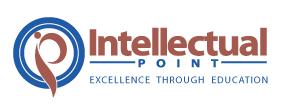




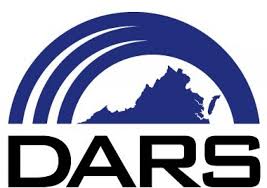


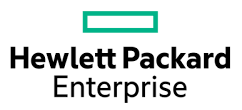






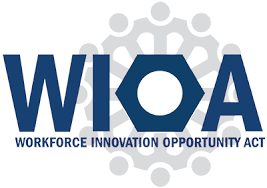
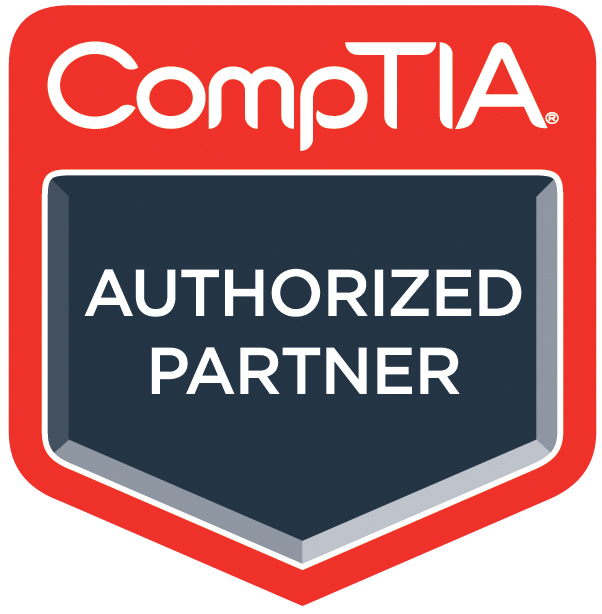




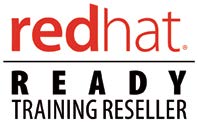



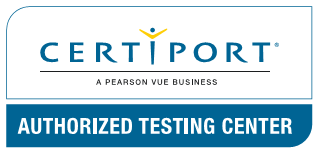



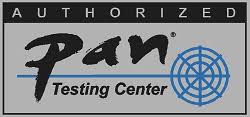
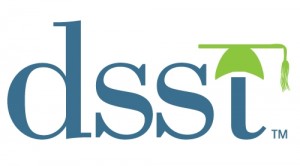
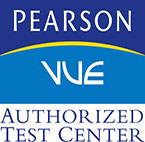
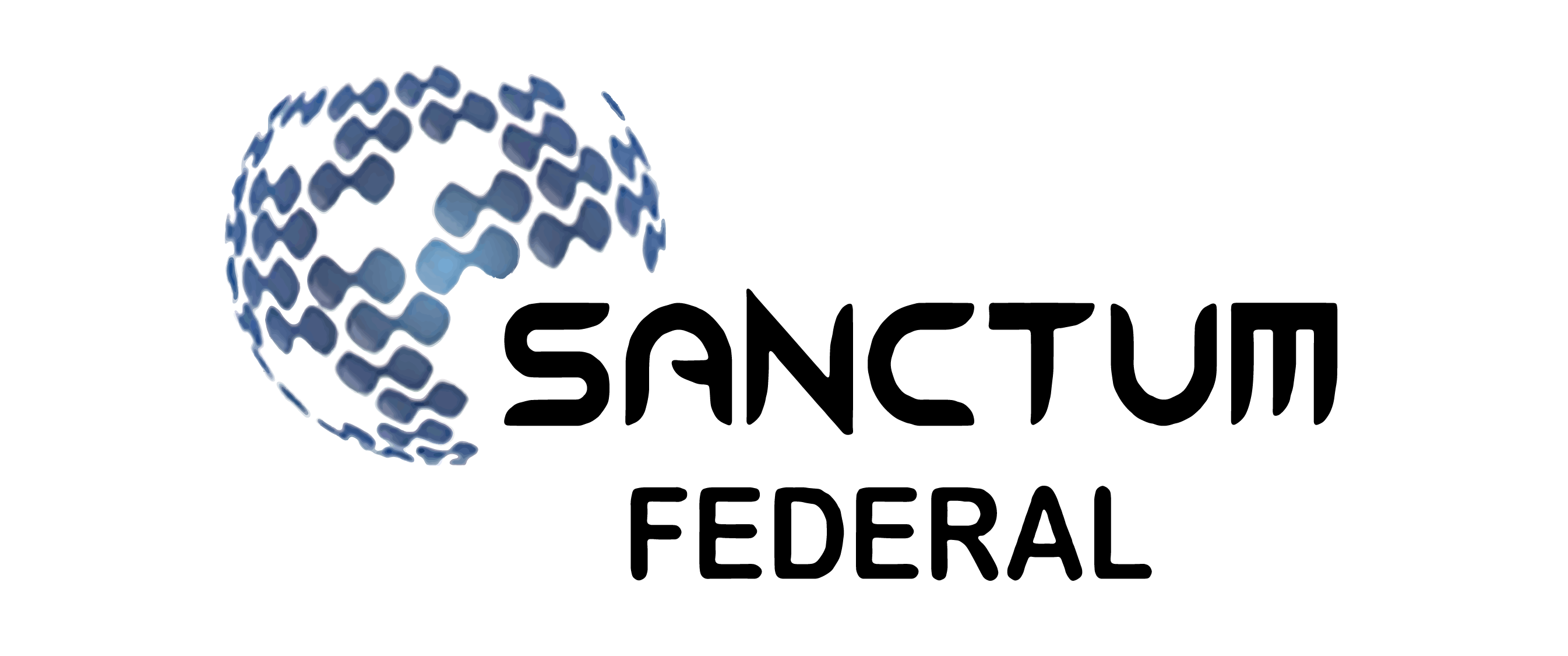

Leave a Reply
You must be logged in to post a comment.